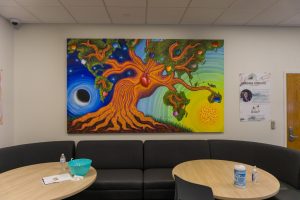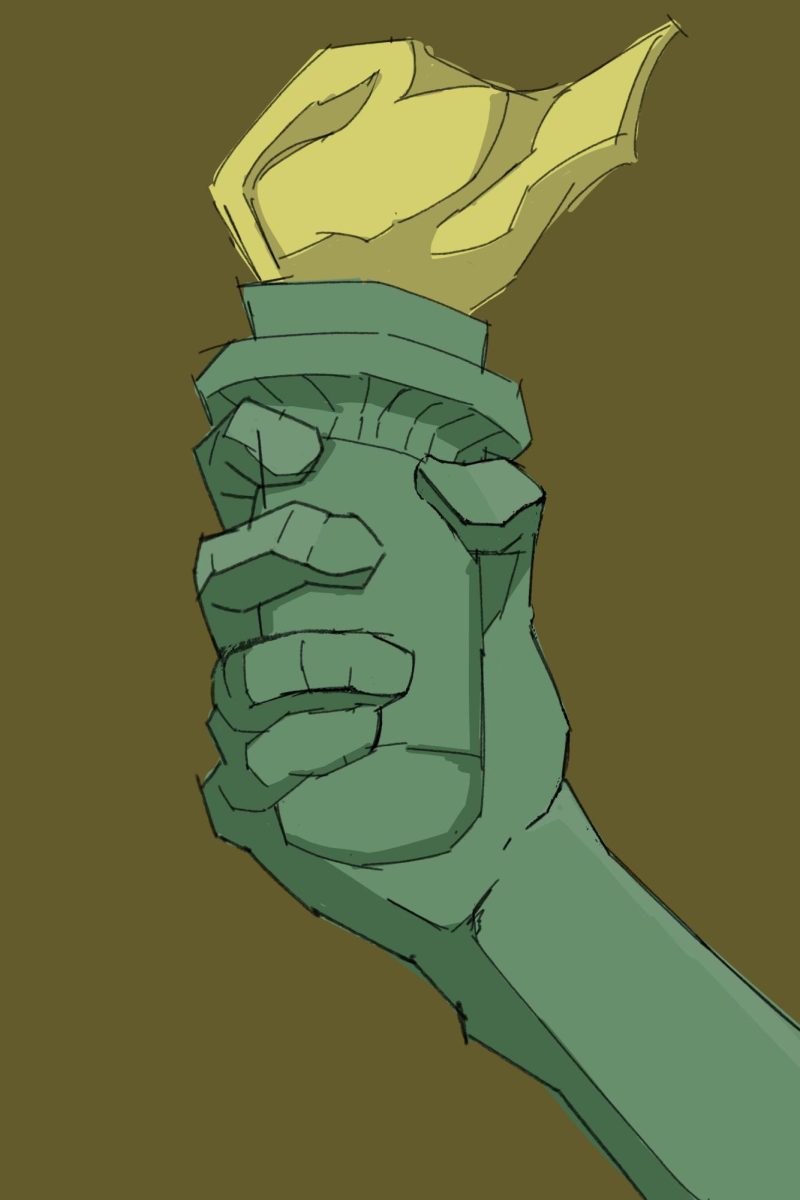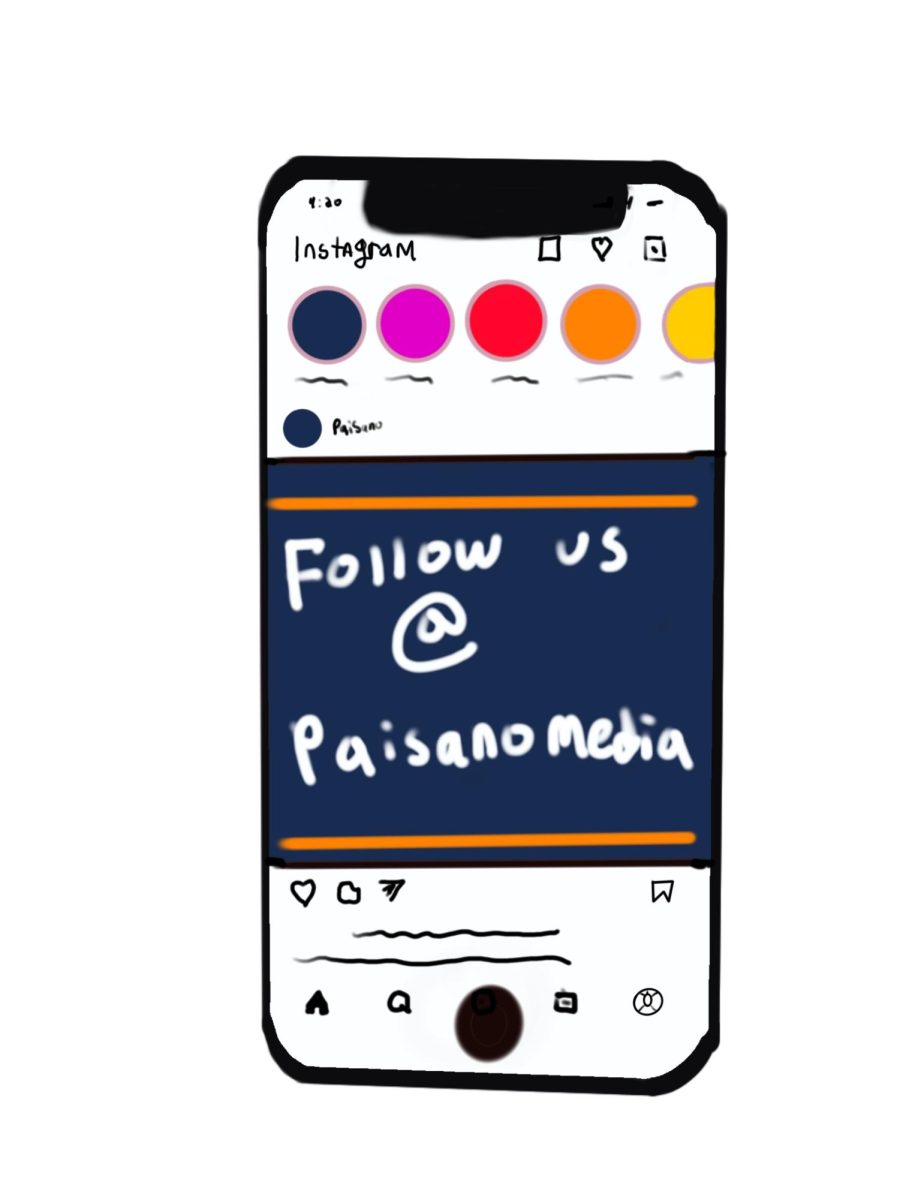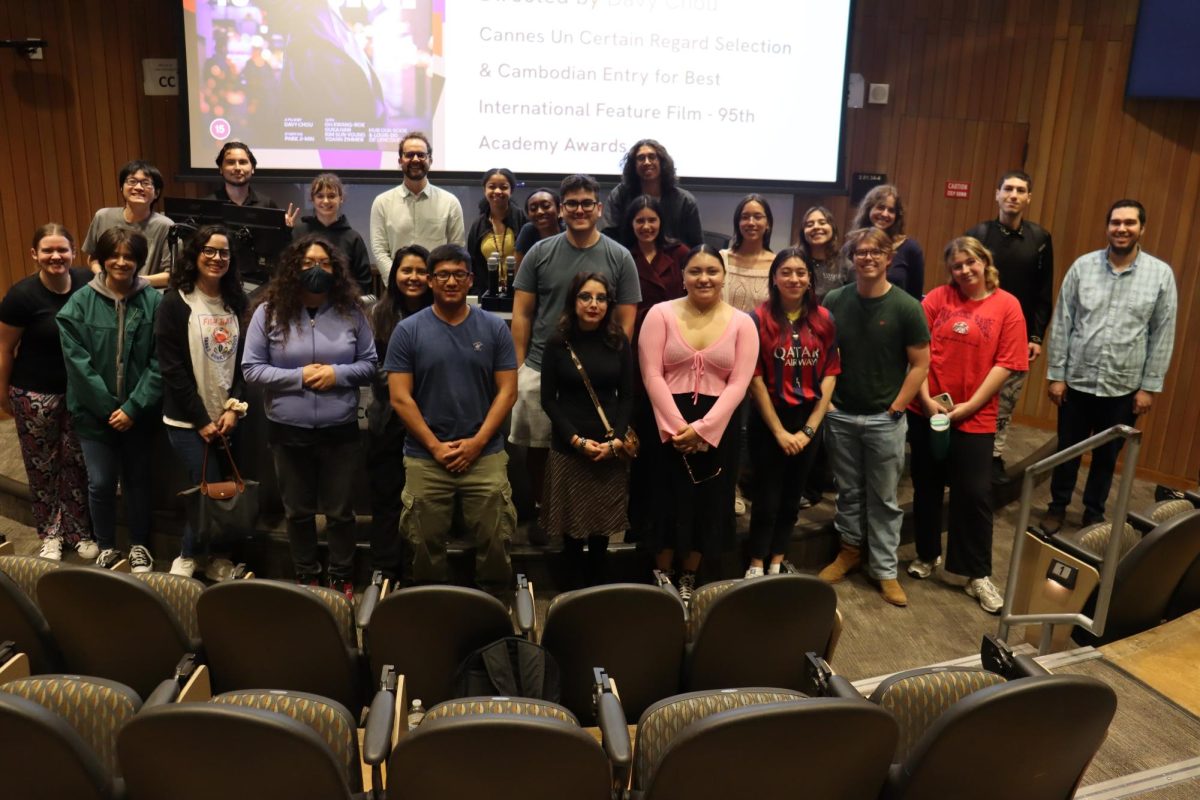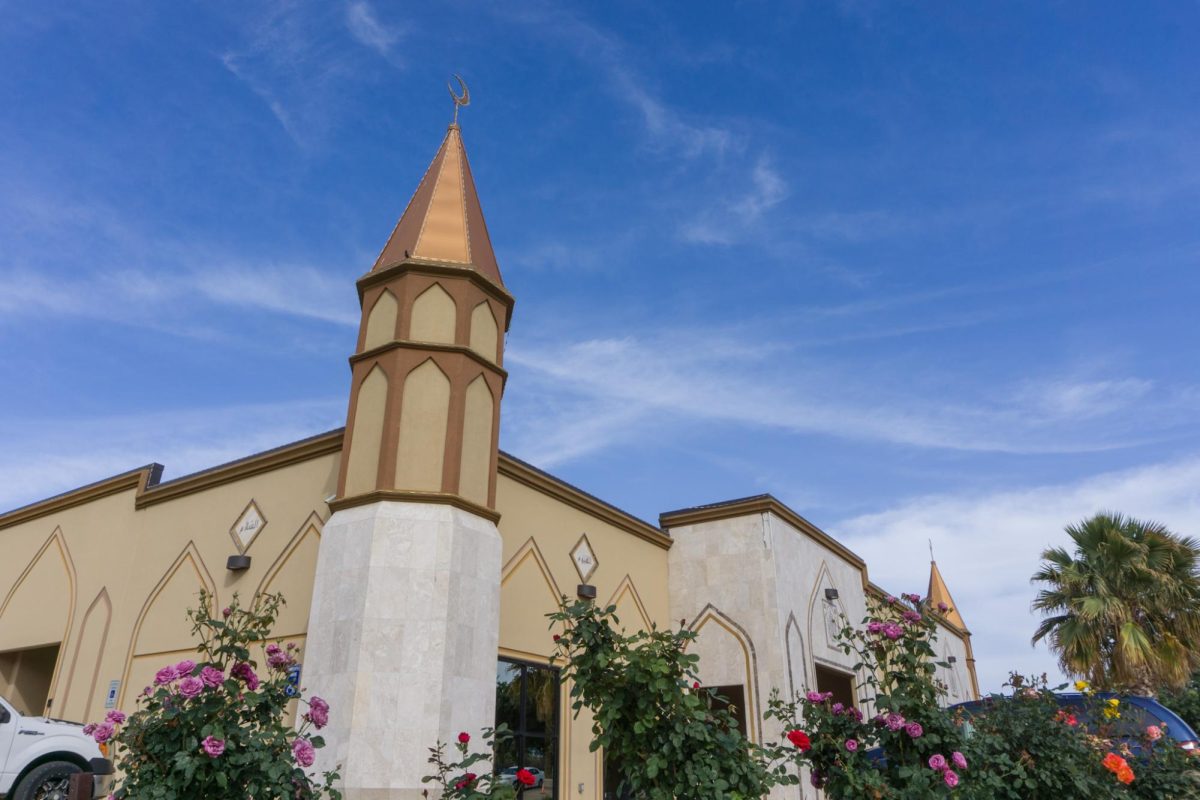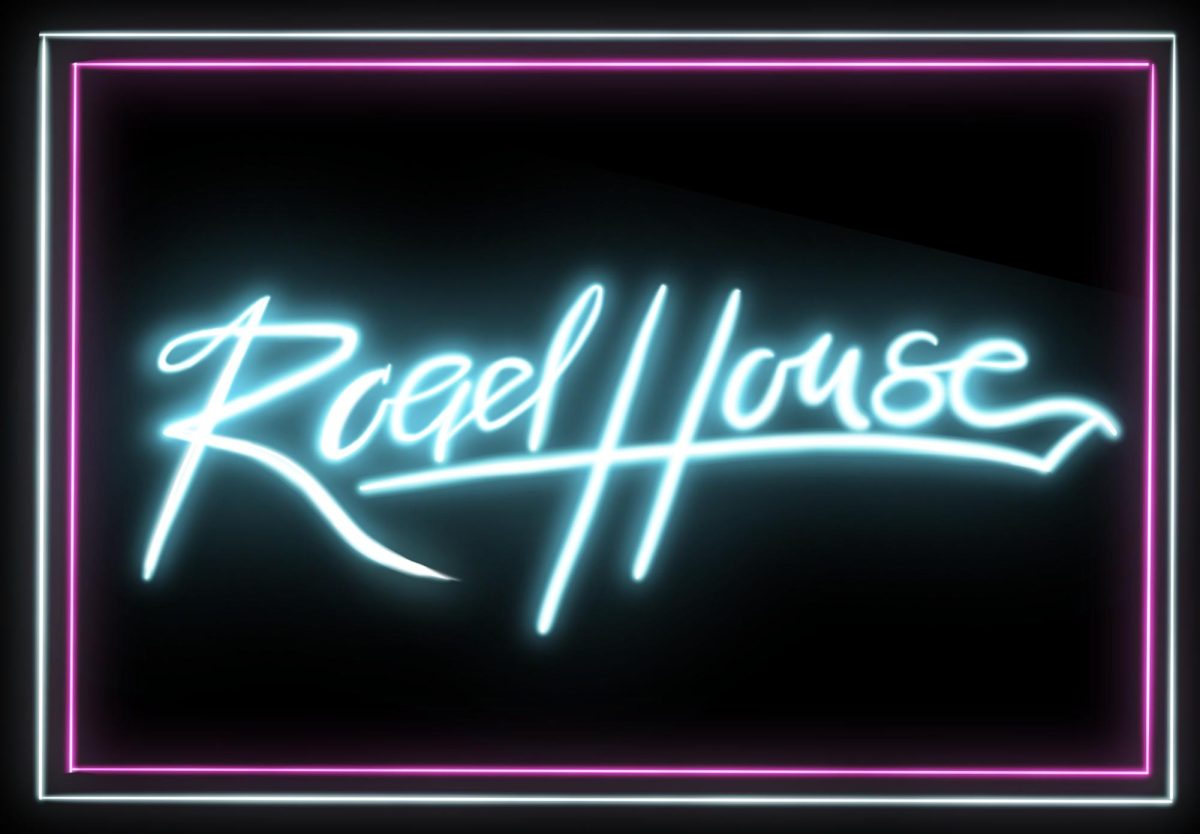
Brayden Boren, The Paisano
It can be said that San Antonio’s musical growth has stemmed from the creative underground bubbling beneath the city’s urban sprawl, with people getting exhausted from driving an hour from San Antonio to Austin to see a good show.
Venues like the Freeman Coliseum and the AT&T Center have accommodated big-name performers and national acts alike, though this group leaves out the small man who cannot sellout arena-sized locales.
Just a few years ago, San Antonio was one of the largest cities in the United States with a dedicated metal fanbase, though strangely devoid of other growing genres like hip-hop, electronic and pop music.
In the time since, with the inclusion of new music venues and a new attitude towards music curation around the Alamo City, San Antonio has separated from its big brother Austin as a new mecca for live music experiences.
Maverick Music Festival was the first development in the city to really push for a new experience for music lovers.
Coordinated by Blayne Tucker, who organized the festival in 2013, the festival’s goal was to bring national and local bands and recording artists to San Antonio.
More importantly, the festival allowed San Antonio to showcase the city’s concert-going public, that which supports acts that often bypass San Antonio.
Known largely for its metal scene throughout the 70s and 80s, San Antonio began to expand to accommodate a larger swathe of recording acts, including a variety of garage rock, pop-punk and jazz musicians.
Iconic residences, such as Backstage Live in 2010 and the White Rabbit in 1996, popped up around populated areas near the shops and locales of downtown for young music lovers and adults alike to join and rage on into the night.
Matt Stieb, music editor for the San Antonio Current, knows that San Antonio has evolved past its roots in metal into a much broader group of tastes.
“If you’re looking at what is popular around young kids, it’s really psych-rock and garage revival,” Stieb told Texas Public Radio’s The Source. “It’s all sorts of different things beyond that, too: hip-hop, electronic dance music. There’s always going to be a metal crowd. Metal will always be a draw, but that stuff is just part of what’s to offer now.”
Locations that have been around San Antonio for some time, including Korova and Sam’s Burger Joint, have reached outside of the city to bring more types of music into the city.
Taking advantage of the SXSW spillover effect from Austin to San Antonio, Los Angeles’ garage rock ’n’ roll label Burger Records has held its annual Burger Hangover at the two locations for the past three years, bringing nationally and critically recognized bands like Thee Oh Sees and JEFF The Brotherhood to San Antonio and contributing to the city’s exploding garage scene.
As San Antonio has grown into the bustling cultural boiling pot it is today, change has sprung up around the city at a rapid pace.
The White Rabbit closed in 2014, sold by owner Rick Sciaraffa to restaurant owner and real estate developer Chad Carey.
Likewise, Backstage Live, renamed the Alamo City Music Hall, partnered with ScoreMore Shows to bring a variety of national hip-hop and rap acts into San Antonio’s growing metropolis.
Carey has already finished rebranding the once-charcoal painted White Rabbit, with the rejuvenated Paper Tiger — the venue is painted in bright flashes of unmistakable white and orange.
Partnering with Austin-based Transmission Events, which has booked shows in coordination with Austin’s Fun Fun Fun Fest and in popular nightclubs around the Capital and Dallas, Paper Tiger will be one of the leading torchbearers in the fight to bring more national touring acts to San Antonio.
Having already brought in internationally popular bands and artists, including Danish punks Iceage, chillwave spearhead Washed Out and rock icon Courtney Love, it’s a far cry from the redundant metal and pop-punk scene that dominated San Antonio years ago.
Of course, none of these shows would be possible without ticket sales, which haven’t been a problem, according to Keith Howerton, director of entertainment at the Aztec Theater on the Riverwalk and co-owner of Sam’s Burger Joint.
“One of the things I’ve seen that’s pretty positive is advanced ticket sales,” stated Howerton. “When you’re trying to lure bands from Austin that are on routes from Dallas to Houston, they need certain data points so they say, ‘Hey, let’s put San Antonio on that route as well.’ Otherwise, we get looped into the Austin market.”
This past April marked the third annual Maverick Music Festival, San Antonio’s only music festival. Selling out its two-day festival tickets before the festival even started, the crowded event was hosted at the Alamo City’s La Villita Park and featured a variety of local and national acts, from rappers Cypress Hill to indie band Best Coast to lots of local San Antonio talent.
San Antonio still has a way to go before it becomes the next “Live Music Capital of the world” like Austin or until it has the big name stars that Houston draws, such as Beyonce and Drake.
“The one thing I think we’re sorely lacking still is a triple-AAA radio station to cultivate that younger demographic further,” stated Tucker.
“Contrast that with Austin, who has two triple-AAA radio stations in KGSR and KUT, and we have none. We are getting there; I think alternative stations like The App 103.3 are an improvement, but we still have a ways to go.”
Though music stations like FM 103.3 and events like Maverick Music have brought more national acts to San Antonio, Tucker knows that the goal is to retain the city’s culture while also building momentum for bigger acts and larger crowds.
“I think that the way you reach a younger demographic, particularly indie-alternative leaning bands, is a thing that hasn’t been cultivated thus far until now in the city,” Tucker states.
“I think there is a lot of social media influence that promoters like myself can use to bring more bands to San Antonio than ever before. It’s an exciting time to be in the music business.”

